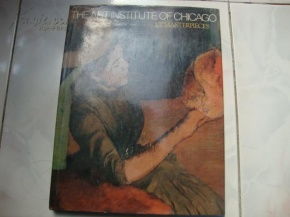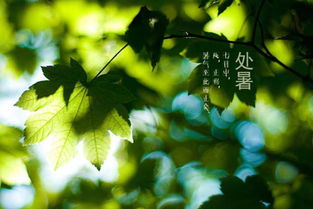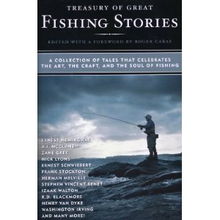Introduction
Fishing, an ancient pastime, has evolved into a competitive sport that requires not just patience but also a set of refined techniques. Competitive fishing, or angling, is a test of skill, strategy, and precision. Whether you're a seasoned angler looking to hone your competitive edge or a beginner eager to get into the competitive fishing scene, this guide will equip you with the essential skills and provide you with a visual illustration to help you master the art of competitive fishing.
Understanding the Basics
Before diving into the advanced techniques, it's crucial to understand the basics of competitive fishing. This includes:
- Types of Tackle: Familiarize yourself with different types of rods, reels, lines, hooks, and lures suitable for various fishing environments and fish species.
- Fishing Locations: Learn about different bodies of water, their characteristics, and the types of fish they host.
- Weather and Water Conditions: Understand how weather and water conditions can affect fish behavior and your fishing strategy.
Mastering Casting Techniques
Casting is the foundation of competitive fishing. Here are some key casting techniques to practice:
- Basic Casting: Start with a basic forward cast. Hold the rod at a 45-degree angle, point the rod tip towards the target, and use a wrist flick to propel the lure.
- Backcasting: This technique is used for casting over obstacles or into windy conditions. Start with the rod tip pointing towards the target, then pull the line back and forward with a wrist flick.
- Roll Cast: Ideal for casting in tight spaces or to avoid spooking fish. Start with the rod tip pointing towards the target, then roll the line forward and back with a wrist flick.
Illustration 1: Basic Casting Technique
[Image: A diagram showing the basic casting technique, including the rod angle, wrist flick, and direction of the lure's path.]
Perfecting the Retrieve
The retrieve is the process of moving the lure through the water to attract fish. Here are some retrieves to practice:
- Slow Retrieve: Move the lure slowly and methodically to mimic natural movements.
- Jigging: Rapidly lift and drop the lure to mimic a struggling prey.
- Trolling: Drag the lure behind a moving boat to cover more water and reach deeper depths.
Illustration 2: Slow Retrieve Technique
[Image: A diagram showing the slow retrieve technique, including the rod movement and lure path.]
Reading the Water
Competitive fishing is not just about casting and retrieving; it's also about understanding the water. Here's how to read the water:
- Water Clarity: Observe the water's clarity to determine the type of lure and retrieve technique to use.
- Structure: Look for submerged structures like rocks, logs, and weed beds where fish may be hiding.
- Fish Activity: Pay attention to fish activity and adjust your tactics accordingly.
Mastering Bait Presentation
Choosing the right bait and presenting it effectively is crucial. Here are some tips:
- Natural Bait: Use live or dead bait that mimics the natural prey of the fish you're targeting.
- Artificial Lures: Experiment with different types of artificial lures to find what works best in your fishing environment.
- Bait Presentation: Present your bait in a way that mimics the natural movement of the prey, such as wiggling, twitching, or swimming.
Illustration 3: Artificial Lure Presentation
[Image: A diagram showing how to present an artificial lure, including the rod movement and lure action.]
Developing a Strategy
Competitive fishing requires a strategic approach. Here are some key elements to consider:
- Target Species: Identify the fish species you're targeting and learn their habits and preferences.
- Time of Day: Fish activity varies throughout the day. Plan your fishing trips based on the best times for the species you're targeting.
- Weather Conditions: Adapt your tactics based on weather conditions, such as wind, rain, and temperature.
Continuous Practice and Learning
Competitive fishing is a continuous learning process. Here are some tips to help you improve:
- Join a Club: Connect with other anglers and learn from their experiences and techniques.
- Attend Workshops: Participate in workshops and clinics to learn from experts.
- Stay Informed: Keep up with the latest trends, techniques, and equipment in the world of competitive fishing.
Conclusion
Competitive fishing is a challenging yet rewarding sport that requires a combination of skill, strategy, and persistence. By mastering the basics, refining your techniques, and developing a strategic approach, you'll be well on your way to becoming a competitive angler. Remember, practice makes perfect, so get out there and start honing your skills today!












